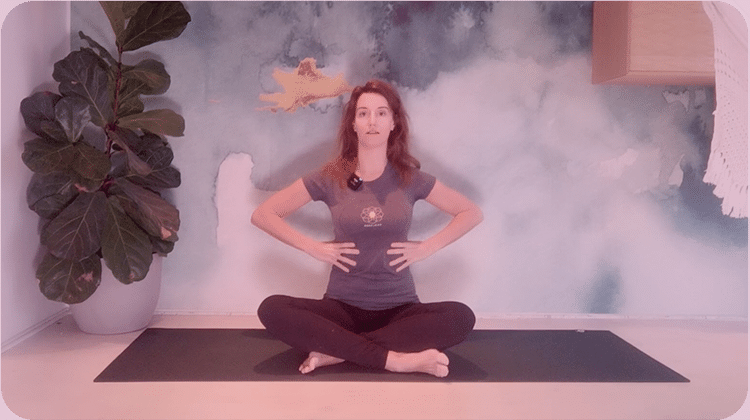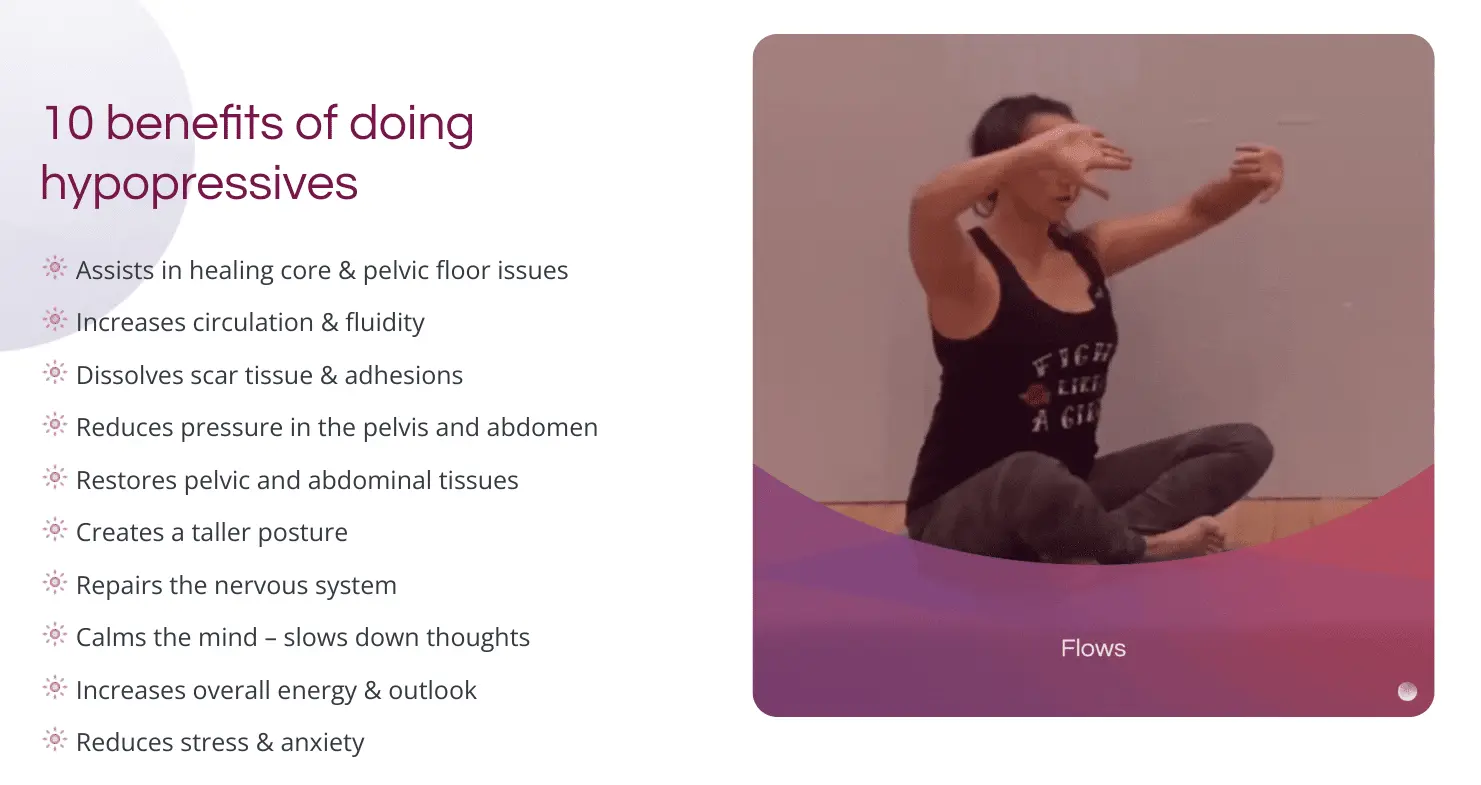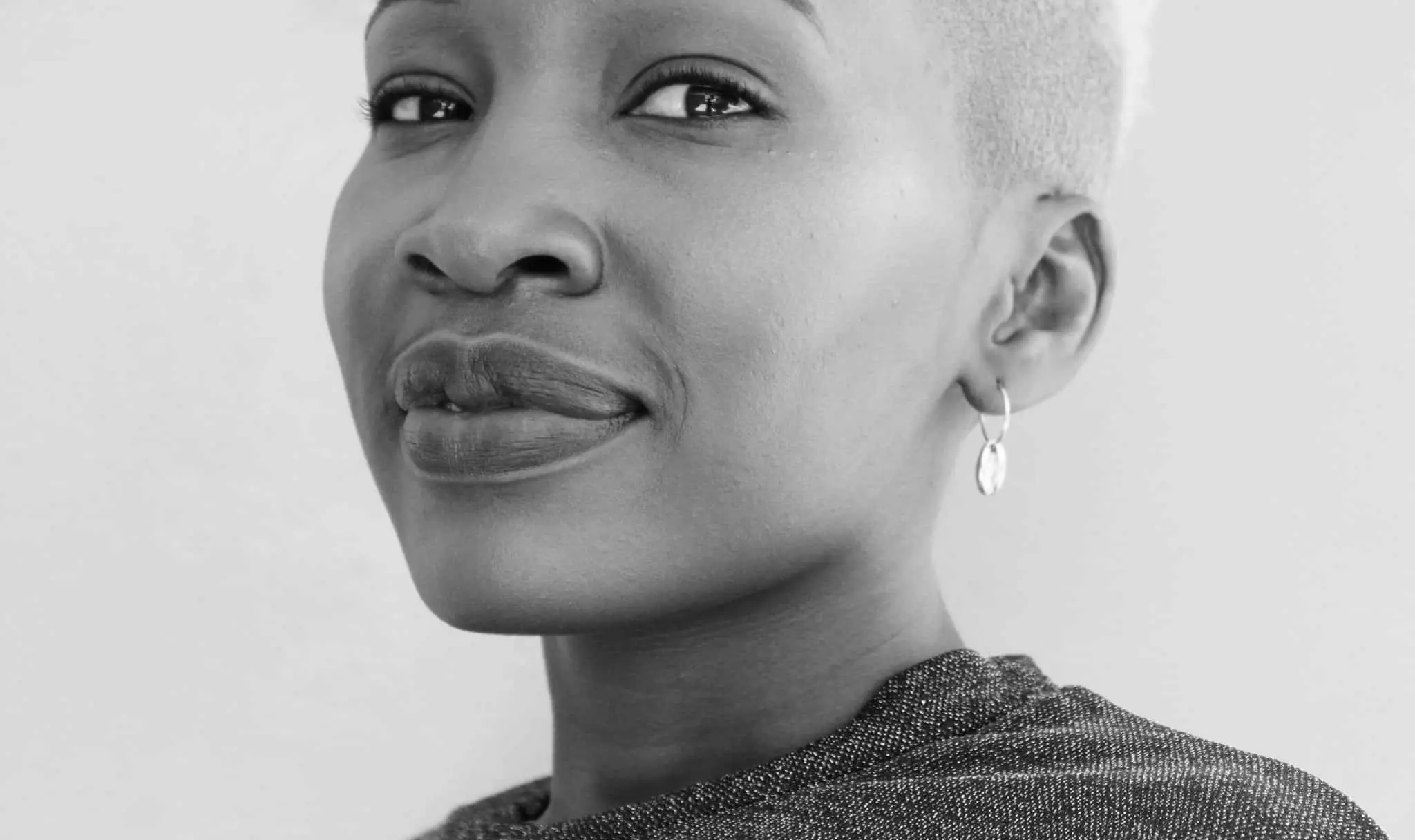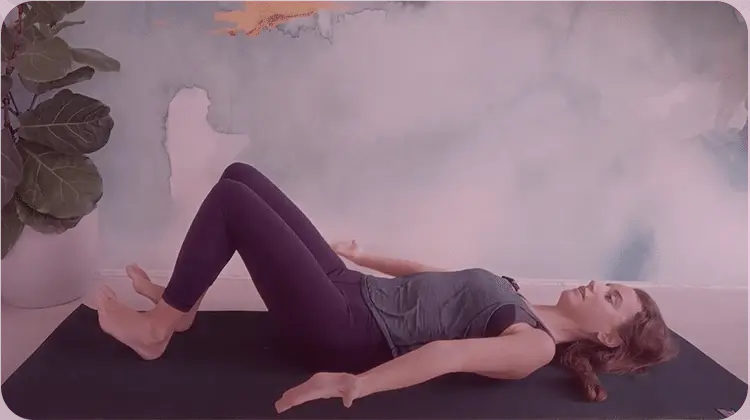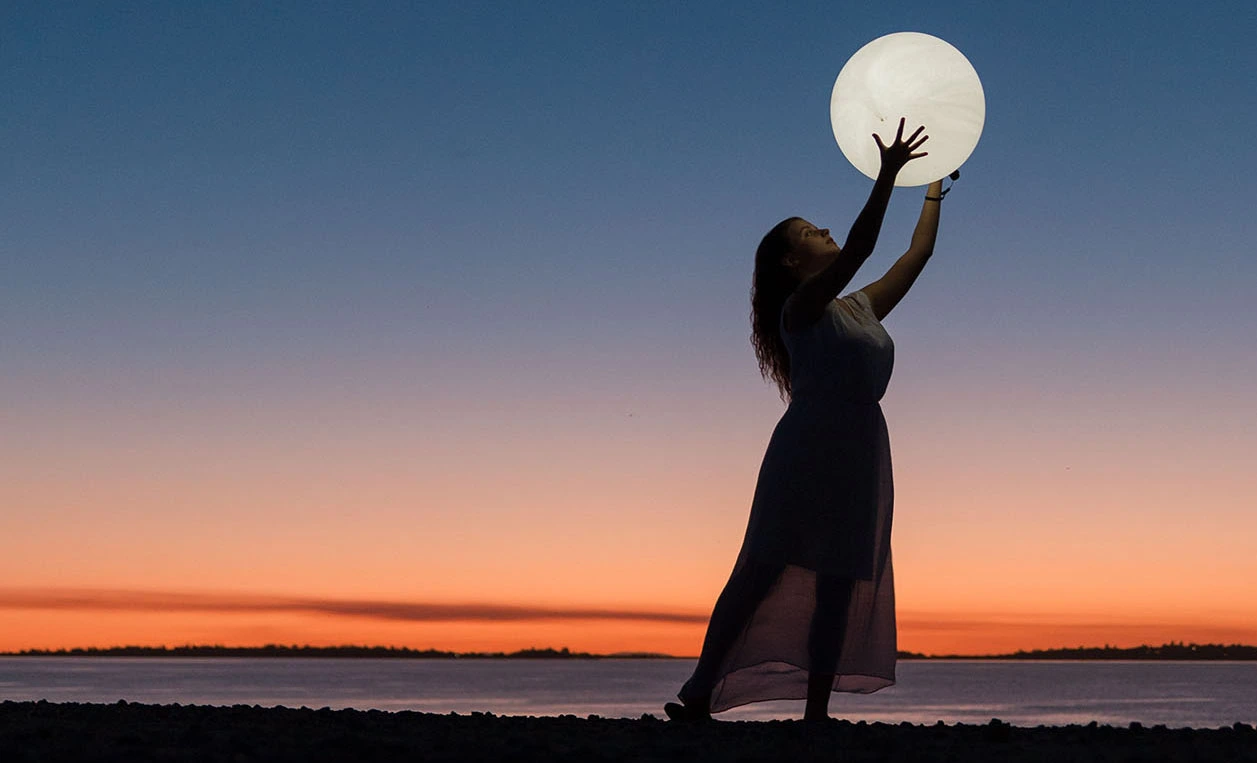Painful Breasts After Period? – Breast Soreness Explained
- June 9, 2022
- Hormonal Health
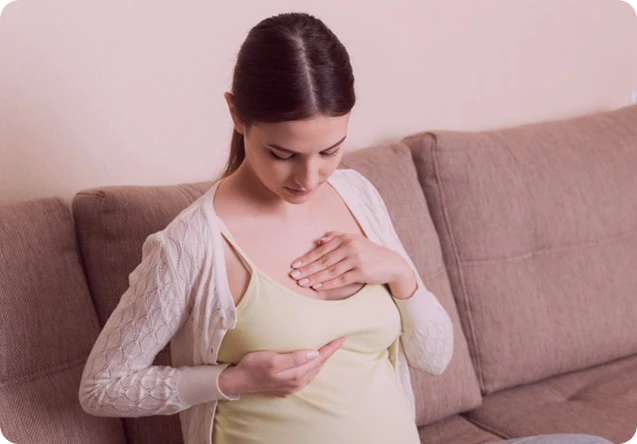
Painful breasts after period? Here’s why.
Unfortunately, many women experience pain before and during their periods. There’s also a percentage of women who feel pain after it ends. And this pain is felt in the form of sore breasts. Many wonder if this is somehow related to PMS?
Before addressing this question, let’s take a look at Premenstrual Syndrome (PMS) more closely. PMS is a combination of symptoms that 30-40% of women experience up to 2 weeks before their period. Aside from mood swings, food cravings, fatigue, irritability, and depression, PMS can cause breast pain which occurs in 70% of the reproductive female population.
Breast pain usually goes away shortly after the period begins, but for some, the pain lingers.
In this blog, we’ll discuss why this happens by covering the possible causes of “post-period” breast soreness and will give you suggestions on what to do about it.
Cyclic vs. Non-Cyclic Breast Pain
Breast pain (also called mastalgia) can generally be categorized as cyclical, non-cyclical, or extramammary.
1. Cyclical Breast Pain
Breast pain is cyclical if your period is the cause.
And the reason the pain occurs is because of your period is linked to the rise and fall in estrogen and progesterone levels. Levels rise to prepare your body for possible pregnancy and when that doesn’t happen, the levels fall to prepare for menstruation.
Hormonal fluctuations like this make the breast tissue sensitive, causing pain before and (might extend a few days) after your period starts.
Here are signs that your breast pain is cyclical:
- When it occurs just a few weeks before menstruation.
- When the pain occurs as often and around the same time as your menstruation.
- When the tenderness / swelling / soreness / lumpiness happen to both of your breasts.
- When the pain sometimes spreads up to your underarm.
- When you’re experiencing this at a young age (before menstruation).
2. Non-Cyclical Breast Pain
Breast pain is non-cyclical if your period is not the cause, meaning the pain doesn’t follow a pattern. So the pain can come whether you’re on your period or not, and it could be constant or intermittent.
3. Extramammary Breast Pain
Breast pain is extramammary if your period is not the cause and if the pain doesn’t originate in your breast tissue (even if it feels like it does).
In short, there are several different reasons why your breast might hurt, so understanding where it came from and why it showed up will help with symptom resolution.
Why Are My Boobs Sore Even
After My Period? (Causes)

1. Pregnancy
Sore breasts are one of the earliest signs of pregnancy.
Usually, your breasts feel tender, fuller, and heavier in the first 4 to 6 weeks after you’ve conceived. This feeling may last through your first trimester, although the pain may resurface at any stage of pregnancy and while breastfeeding.
If you’re pregnant, you’ll most likely have other symptoms as well such as:
• Missed period – Some women will experience light bleeding (i.e. spotting) which can be confused as an actual period.
• Nausea or vomiting – also called “morning sickness” accompanied by a loss of appetite.
• Fatigue or exhaustion – due to the increase of progesterone, your metabolism slows down, causing tiredness especially if you have an iron deficiency.
• Frequent urination (especially at night) – your bladder can feel full when your uterus swells, causing frequent urination.
• Food cravings – although it’s common to develop a strong liking for certain foods and smells, consult your doctor if you’re having the urge to eat inedible items.
• Increased vaginal discharge – increased hormones and vaginal blood flow causes a sticky, white, or pale-yellow discharge at the onset of pregnancy.
• Constipation or indigestion – occurs because higher hormonal levels slow down digestion.
• Mood swings – hormonal changes can also cause your emotions to fluctuate.
• Leg oedema (swelling) or varicose veins – the pressure from your growing womb affects the lower part of your body, building up fluid in your legs, ankles, and feet.
• Breathlessness (sometimes with palpitations) – higher progesterone levels will cause you to breathe more often, which might feel like you’re running out of breath.
2. Medications
Breast pain can also be a side effect of medicines used for reproductive or mental health conditions including:
• Birth control pills
• Some antibiotics
• Antidepressants
• Hormone treatments & replacement therapy
If you think your prescribed medicines can be the source of the breast pain, discuss this with your healthcare provider to get their insight and see if there is a way to remedy the situation.
3. Breast or Muscle Injury
Like any injuries or trauma, your breasts might feel painful after an impact from a physical activity, an accident, or a medical procedure such as surgery on or near your chest, arm, or shoulder.
And the reason pain can result after an injury, trauma, or surgery has to do with scarred fascia. In other words, these events can cause scar tissue and adhesions, leading to poor circulation, less fluidity, less connection with the nerve endings, dysfunctional fascia, and imbalanced tissue.
If you’ve had an injury or trauma to your breasts (this can include emotional abuse or a sexual violation, because these are traumas too), there are easy ways to heal the scar tissue through a technique known as scar tissue remediation.
Scar tissue remediation involves applying pressure on targeted areas of the body and fascia that then melts away the scar tissue that surrounds your muscles and bones to alleviate pain and discomfort.
4. Mastitis
Breast tissue inflammation (mastitis) is a non-cancerous infection that causes one breast to become swollen, red, or inflamed and mostly affects breastfeeding women.
The main cause of this condition is a clogged milk duct or bacteria that’s entered the breast.
Other symptoms of Mastitis include:
• Warm breasts (when touched)
• Fever and other flu-like symptoms
• Burning pain on the breast while lactating
• Breast lump
If you have sore or cracked nipples, an ill-fitted bra, an improper nursing technique, an unhealthy diet, or have been smoking, this can increase the risk of developing Mastitis.
5. Breast Cyst
A breast cyst is a common condition that is more prone to women in their 30’s to 50’s. In fact, it is a part of a larger benign (non-cancerous) condition called Fibrocystic, a disease of the breast. These cysts are usually circular and soft or firm fluid-filled tumors (sacs) that could grow up to several centimeters in diameter.
Generally, this type of breast pain can be symptomatic (with noticeable symptoms) or asymptomatic (few to no symptoms at all). It can also be present in one or both breasts accompanied by other signs such as:
• Nipple discharge which could be clear, yellow, straw-colored, or dark brown
• Tenderness in the area of the breast lump
• Increasing and decreasing breast lump size and breast tenderness before and after your period
In mild cases, these cysts disappear without any treatment or aren’t removed unless it’s causing discomfort. But there’s no harm in making sure it won’t lead to complications. If you’re unsure about having a cyst, consult an expert, so they could run a few tests to confirm it.
Some methods used to determine if you have breast cysts are breast exams, imaging tests, fine-needle aspiration, and breast biopsy.
6. Other Causes
Here are some other possible reasons why you may be experiencing breast pain:
Medical Conditions
• Costochondritis – inflammation in the ribs (behind breast).
• Acid reflux – a sharp and burning feeling (below your breastbone or ribs).
• Gallbladder issues – may cause pain behind the breastbone accompanied by nausea and vomiting, among other symptoms.
• Breast cancer – some signs include swelling of the breasts, breast or nipple pain, nipple discharge, or swollen lymph nodes
Non-Medical Causes
• Unhealthy lifestyle and poor diet – start eating a whole-foods diet to decrease estrogen levels and ease breast pain.
• Unfit bra – a bra that lacks support may cause breast pain and stretch marks (if it’s too tight) and possibly headaches (if it’s too loose).
• Breast size – women with bigger breasts are more prone to neck, shoulder, and back pain. So, using a supportive sports bra is recommended during exercise.
When to Consult with a Healthcare Professional
Consider seeking medical advice from your doctor or health practitioner if the breast pain is interfering with your daily activities, occurs in irregular patterns, is not related to your period, accompanied by fever and flu-like symptoms, or caused by a lump in your breast or armpit area.
If it’s cyclical breast pain, here are some easy remedies you can do at home:
• Wear a supportive bra. Having a supportive bra that fits you well can decrease breast soreness, especially if you are won’t provide the support your breasts need and may cause soreness.
• Use hot and/or cold compress. Apply heat (for 20-30 minutes) or a cold compress (15-20 minutes) to ease breast pain. Use a clean towel or cloth to make sure the compress doesn’t touch your skin directly.
• Don’t wash your nipples with soap. Your nipples have their own antiseptic oils to clean themselves so washing them with water will do just fine, soap can dry them out and cause painful cracking.
• Massage your breast using natural oils. Avocado oil, primrose oil, and castor oil are proven and tested remedies to help alleviate breast soreness.
• Vitamins could help. Taking Omega–3, Calcium, Vitamin B6, and Vitamin E may also help reduce breast pain. Consult with your Naturopathic Doctor or holistic health practitioner to get product and dosing recommendations.
• Dietary changes. Eating magnesium-rich foods could not only alleviate breast pain but also PMS. Reduce or limit sugar, alcohol, and caffeine as much as possible.
If You Believe the Breast Pain is Caused by PMS, Here’s How We Can Help You
Premenstrual Syndrome affects more than half the female population. Although it’s fairly common, there are many remedies to heal PMS and we’ve created an in-depth program at MoonRise on how to heal this condition.
MoonRise is a digital coaching platform that focuses on women-only health challenges. We offer customized health programs that include daily follow-along videos, a dedicated coach & a community to help women like you get their health back.
Women Coaching Women
Our personalized coaching programs are designed by women for women. And our community is built on the principles of companionship, hope, and support.
In addition, we’re working to close the ‘medical inequalities gap’ that exists for women’s health issues by providing first-hand knowledge and proven methods that are both accessible and science-backed.
Join MoonRise to start your healing journey today!
You deserve to be heard, seen, empowered, and enjoy good health — it’s more than possible and waiting for you to claim it!
Blog posts you might like:

